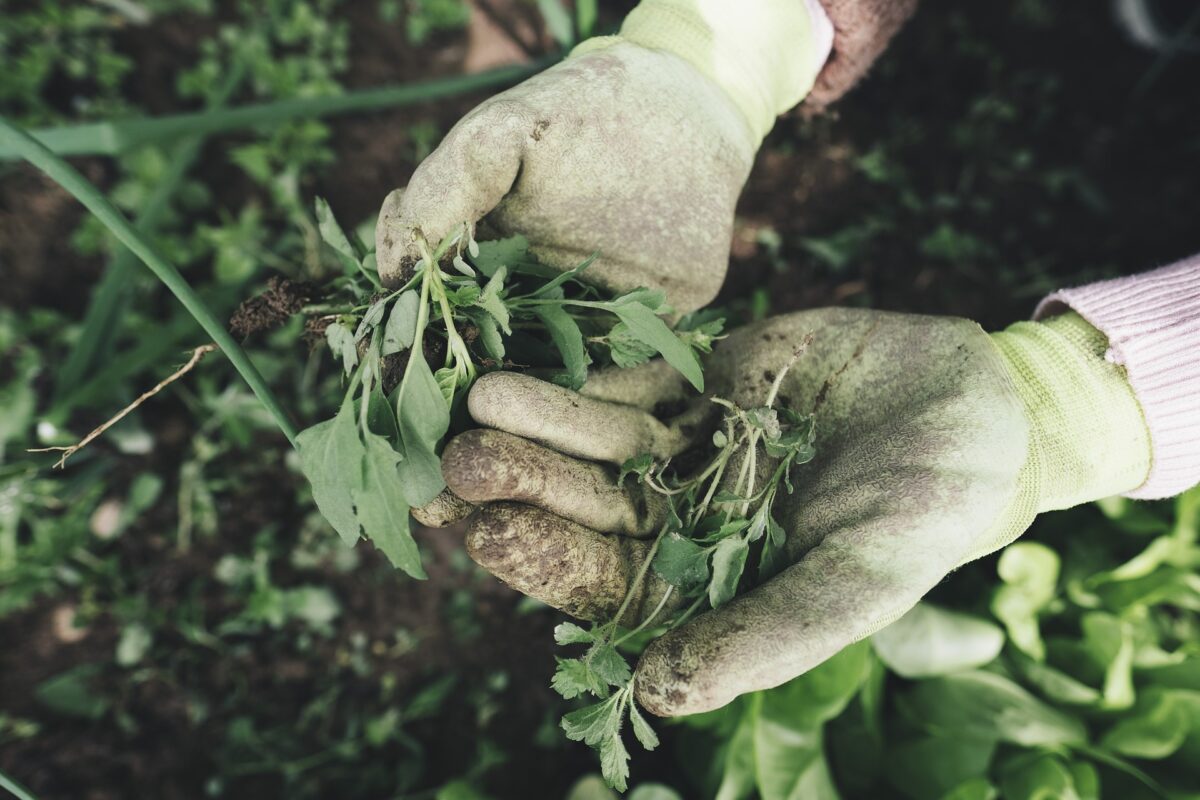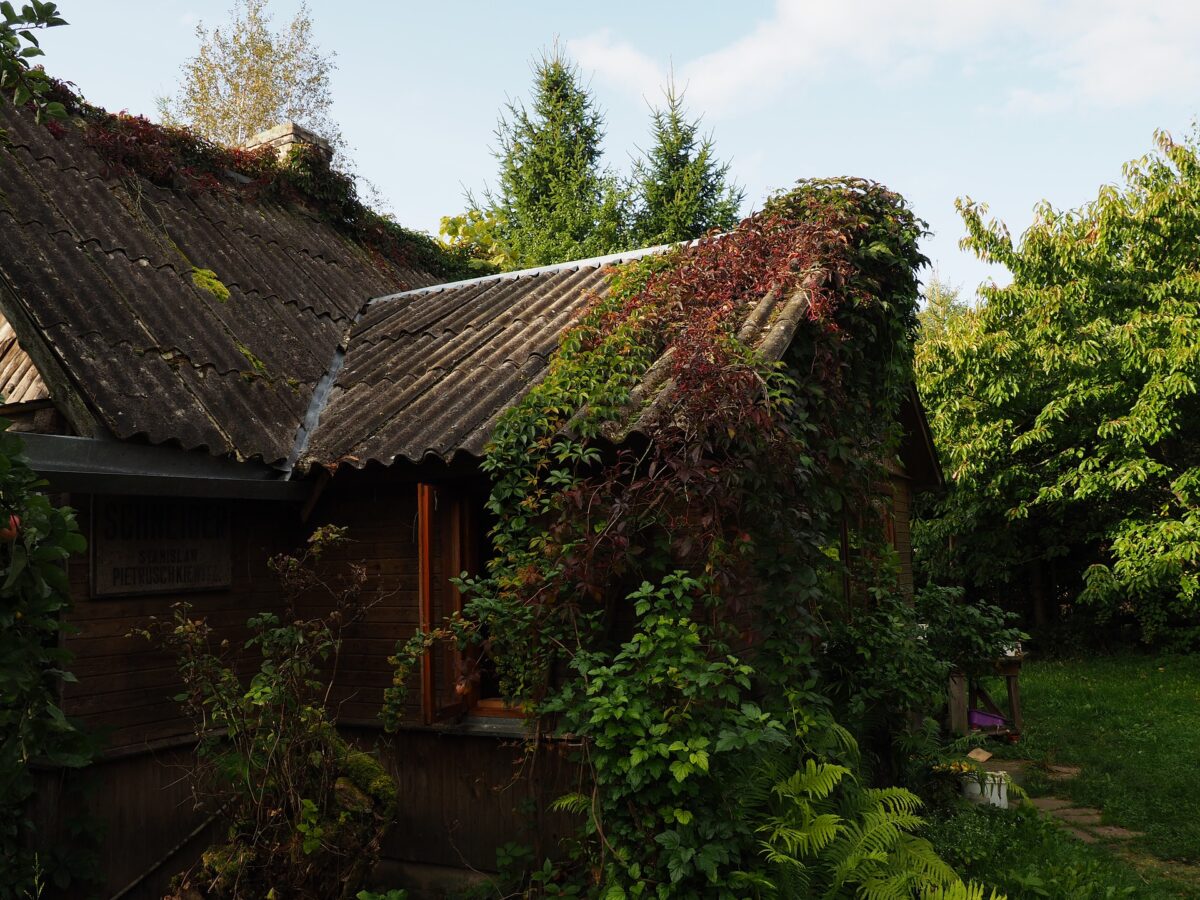Use the governments easy to use pest plant search to find advice on how to control the specific type of weed on your property. You will also find information on how to prevent it from coming back and how to manage your garden.
Health and safety measures
Before you remove weeds:
- Read the label on the herbicide or pesticide thoroughly, there are some natural remedies too to help control weeds and pest in your garden (some I like to use are Garlic, Neem, and Chili sprays)
- Use suitable tools for the size and volume of weeds in your garden your first weed extermination will be the biggest once kept on top you can scale your tools back.
- use appropriate clothing and footwear
Weed control in your neighbourhood
If your neighbours also have weed issues, it is more efficient to work together as a team and our team at West Auckland Lawn Mowing Services love weed control.
- Target pest plants with the worst impact on the environment first, as these ones tend to be the most rapid growing and most intrusive weed to control.
- Work from areas of low to high weed density.
- Restrict the weeds to a specific area, then work on reducing that area.
- If you’re working near a waterway, start at the top and work in the direction the water is flowing.
Replanting and mulching
If your weeding is leaving the ground too bare, replant the area or cover it with mulch as soon as possible. This prevents weeds from coming back.
If you have any problems or need that exact hand to get your weeds back under control Contact us at West Auckland Lawn Mowing Services.



